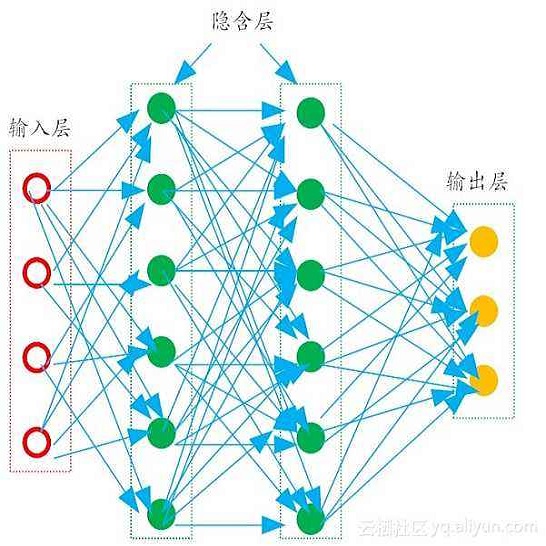This paper presents a novel adaptively connected neural network (ACNet) to improve the traditional convolutional neural networks (CNNs) {in} two aspects. First, ACNet employs a flexible way to switch global and local inference in processing the internal feature representations by adaptively determining the connection status among the feature nodes (e.g., pixels of the feature maps) \footnote{In a computer vision domain, a node refers to a pixel of a feature map{, while} in {the} graph domain, a node denotes a graph node.}. We can show that existing CNNs, the classical multilayer perceptron (MLP), and the recently proposed non-local network (NLN) \cite{nonlocalnn17} are all special cases of ACNet. Second, ACNet is also capable of handling non-Euclidean data. Extensive experimental analyses on {a variety of benchmarks (i.e.,} ImageNet-1k classification, COCO 2017 detection and segmentation, CUHK03 person re-identification, CIFAR analysis, and Cora document categorization) demonstrate that {ACNet} cannot only achieve state-of-the-art performance but also overcome the limitation of the conventional MLP and CNN \footnote{Corresponding author: Liang Lin (linliang@ieee.org)}. The code is available at \url{https://github.com/wanggrun/Adaptively-Connected-Neural-Networks}.
翻译:本文展示了一个创新的适应性连接神经网络(ACNet), 以改善传统的神经神经网络(CNNs) (in}) 两个方面。 首先, ACNet 采用灵活的方式,通过适应性地确定特征节点(例如, 地图的像素) \ footote 之间的连接状态,在计算机视觉域中,一个节点是指地貌地图的像素{,而在{图域,一个节点表示图表节点的节点。 。 我们可以显示,现有的CNN、经典多层透视(MLP)和最近提议的非本地网络(NLNNN)在处理内部特征描述时,转换全球和地方的推断都是ACNet(例如,地图的像素素) 。 其次, ACNet 还可以处理非欧洲大陆数据。 有关基准的种类(例如, 网络) 图像Net-1k分类、 CO 2017 检测和分节点 。 CUHKK- CROD 也只能证明作者/CRA 的绩效分析。




